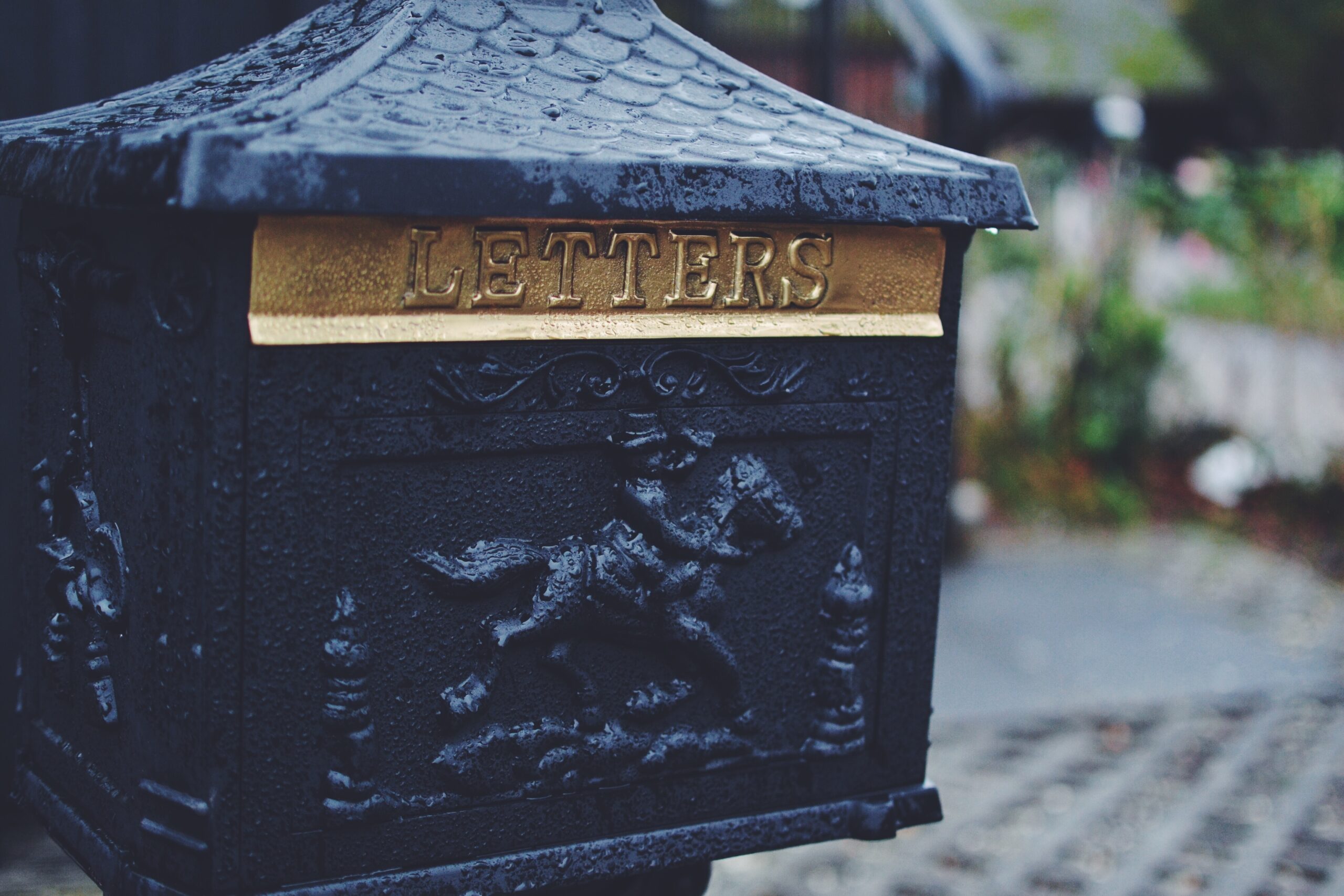OPINION
February 20th, 2024
As a change from the gloom, despair conflict and depression reported from around the world, I felt that it was time to put my citizen reporter’s hat on (complete with visible press ticket protruding from the hatband) and give you a picture of town (or village – it’s debatable) life in my little part of the West Country.
While people were having a quiet evening meal in Foodies restaurant on the main street on Sunday evening they heard a rumble and felt vibrations throughout the building. They rushed outside fearing an earthquake or other natural phenomenon.
Yes, we do have earthquakes in Cornwall; the last one, a major one for here was three weeks ago near Camborne. Okay, it was a super mini one at 1.4 Richter scale and didn’t cause enough of a ripple to stir one’s cup of tea, but it happened.
Since 1970, Cornwall has had 59 quakes of magnitudes up to 4.9:
- 7 quakes above magnitude 4
- 13 quakes between magnitude 3 and 4
- 17 quakes between magnitude 2 and 3
- 22 quakes below magnitude 2 that people normally don’t feel.
Latest: Mag. 1.4 Earthquake 8.3 km S of Camborne, Cornwall, England, Great Britain – 3 weeks ago
The other possibility was subsidence from a tin mine, but none are in our locality.
The diners rushed out and saw that it was, in fact, caused by the building collapsing and part of the wall falling into the road. This is thought to have been caused by the construction. The Cornish cob had given way due to infiltration by the incessant rain of the last few weeks, interspersed with a few nights of sub-zero temperatures. (Cob is a building material made typically from soil, sand, clay, water, and fibrous organic material such as straw.
A lot of traditional old homes in Cornwall are made from Cob and if treated well it can last for several generations.) This property dates back to 1688.

To comply with health and safety requirements the fire brigade came and, as a result, the roads surrounding the property were closed. That was great but there are consequences. As you can see, the streets are narrow, and there is also a one-way system in operation to avoid cars getting blocked in the winding streets. This picture shows the main road into town.

There is now no way into town except via back streets only known to locals and requires vehicles to negotiate a 13th-century archway.

Only recommended for the brave.

All this is interesting and shows the problems of living in Cornwall. It is a good human interest story but there is a serious side. Tomorrow is waste collection day, and there is no access to the town for rubbish and recycling collections.
In the centre of town is a Co-op food store. It is the only food shop of note for four miles. It is impossible to deliver to the store, so food and general store goods will gradually diminish. The authorities are looking into ways of managing the dualling of the one-way exit road but if they make this multi-directional it will require careful traffic management to regulate dual flow, and this will impact the main A390 road. Delivery vehicles will still find it difficult to get into town as it will require tight access, with the limiting factor on turning radius being a mediaeval bridge over the river.

The photo of the town centre shows the lack of traffic, the Co-op store being in the top left corner.
The joys of living in a quaint historic town!

